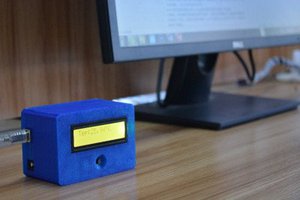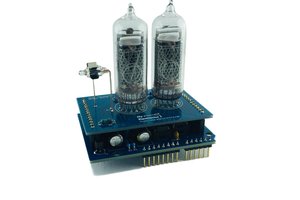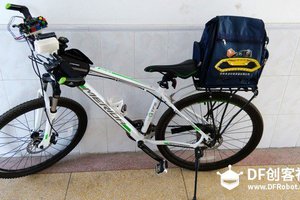Introduction
The Arduino Nano-based soldering station is a comprehensive, feature-rich tool designed for precision and ease of use in soldering tasks. Leveraging the compact and powerful Arduino Nano microcontroller. This versatile soldering station is ideal for hobbyists, DIY enthusiasts, and professionals seeking a reliable and customizable solution for their soldering needs.
FOR FULL PROJECT:
https://electronicsworkshops.com/2024/04/30/title/
Features
Rotary Encoder Support: Designed to interface seamlessly with rotary encoders for precise temperature control.
Built-in Beeper: Includes an onboard beeper for audio feedback, enhancing user interaction.
Memory Buttons: Equipped with built-in memory buttons allowing the user to store and recall frequently used temperature settings.
Supports up to 7 buttons, with 3 buttons integrated on the board.
Debouncing: Built-in debouncing mechanism for all buttons to ensure accurate and reliable button presses.
Temperature Reading: Utilizes a MAX6675 module for accurate temperature readings from a K-type thermocouple, ensuring precise temperature control.
LCD Header: Includes a header designed for an I2C LCD module, allowing for easy connection and display of temperature readings and settings.
Motion Sensing: Integrates motion sensing using the soldering iron’s mercury switch to detect movement. This feature can be used to automatically manage power or temperature settings based on activity.
Dimmable LCD Backlight: Provides a dimmable backlight for the LCD, offering adjustable visibility in various lighting conditions.
Feedback LED Header: Includes a header for connecting a feedback LED, which can be used for status indication or alerts.
Working Principle of Arduino-Based Smart Soldering Station
The Arduino-based smart soldering station operates by integrating various components to control and monitor the soldering process, ensuring precision and efficiency. Here’s a detailed explanation of its working principle:
- Microcontroller (Arduino Nano)
Core Function: The Arduino Nano serves as the central processing unit. It reads inputs from various sensors and controls the output to maintain the desired temperature.
Programming: The Arduino is programmed with a code that handles all operations, from reading the temperature to updating the display and controlling the heating element. - Temperature Sensing (MAX6675 Module and K-type Thermocouple)
Thermocouple: The K-type thermocouple is attached to the soldering iron’s tip and measures the temperature.
MAX6675 Module: This module converts the analog signals from the thermocouple into digital values that the Arduino can read.
Reading Temperature: The Arduino reads the digital temperature data from the MAX6675 module periodically to monitor the current temperature of the soldering iron. - User Interface (Rotary Encoder and Buttons)
Rotary Encoder: Used for setting the desired temperature. Rotating the encoder changes the target temperature, while pressing it can select or confirm settings.
Buttons: Additional buttons can store and recall frequently used temperature settings, allowing for quick adjustments. - Display (I2C LCD)
LCD Module: An I2C LCD module displays the current and target temperatures, along with other status information.
Display Updates: The Arduino updates the LCD in real-time to reflect any changes in temperature or settings. - Control Logic
Temperature Control: The Arduino compares the current temperature (from the thermocouple) with the target temperature set by the user. It then adjusts the power to the heating element to reach and maintain the target temperature.
PID Control (optional): For precise temperature control, a Proportional-Integral-Derivative (PID) algorithm can be implemented. This helps in maintaining a stable temperature by minimizing overshoot and oscillations. - Feedback and Alerts (Beeper and LEDs)
Beeper: Provides audio feedback for button presses, temperature reach, or any errors.
Feedback LED:...
 electronicsworkshops
electronicsworkshops
 muzi
muzi
 My Electronics
My Electronics

 josean.brasero
josean.brasero